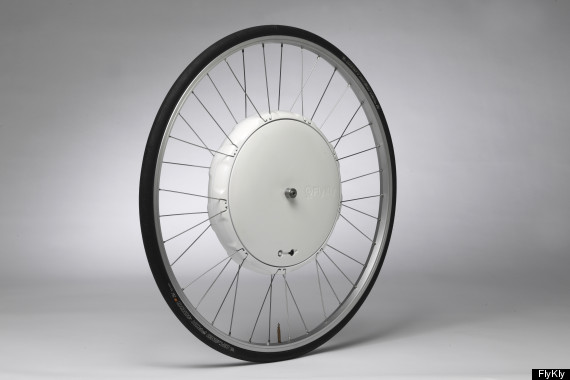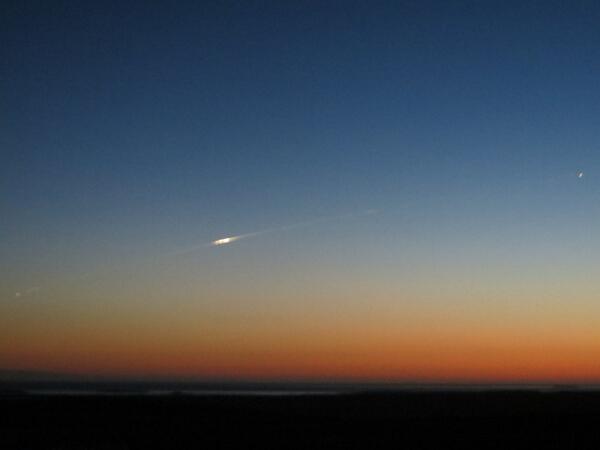3 questions. 3 hints. 3 answers. Every Tuesday.
Question: what is expected to be the next “gene-in-a-bottle”?
Hint:

Answer: personalized beverages? That’s exactly what the techies at Coke are suggesting. In the future, drinks tailored to your DNA will likely be available for consumption in order to better track your body’s hydration needs and desires. Read the story here.
Question: how can one save money, reduce pollution, lessen traffic congestion and get to work on time without breaking a sweat?
Hint:

Answer: all you need is a smartphone and a FlyKly wheel – a wheel that can be popped in to replace nearly any rear bike tire. The device, which keeps track of route, speed, distance and travel time, operates via one’s smartphone which itself connects to the “smart” wheel through Bluetooth. Read about this efficient invention here.
Question: where exactly did the European Space Agency’s satellite fall?
Hint: it was here:

Answer: the GOCE satellite thankfully caused no harm as it disintegrated over the South Atlantic Ocean. The satellite’s fall and obliteration was visible from the Falkland Islands, where this photo was taken. According to Heiner Klinkrad, the head of ESA’s Space Debris Office, “In the 56 years of spaceflight, some 15 000 tons of man-made space objects have re-entered the atmosphere without causing a single human injury to date. That is very comforting. Read additional details here.















